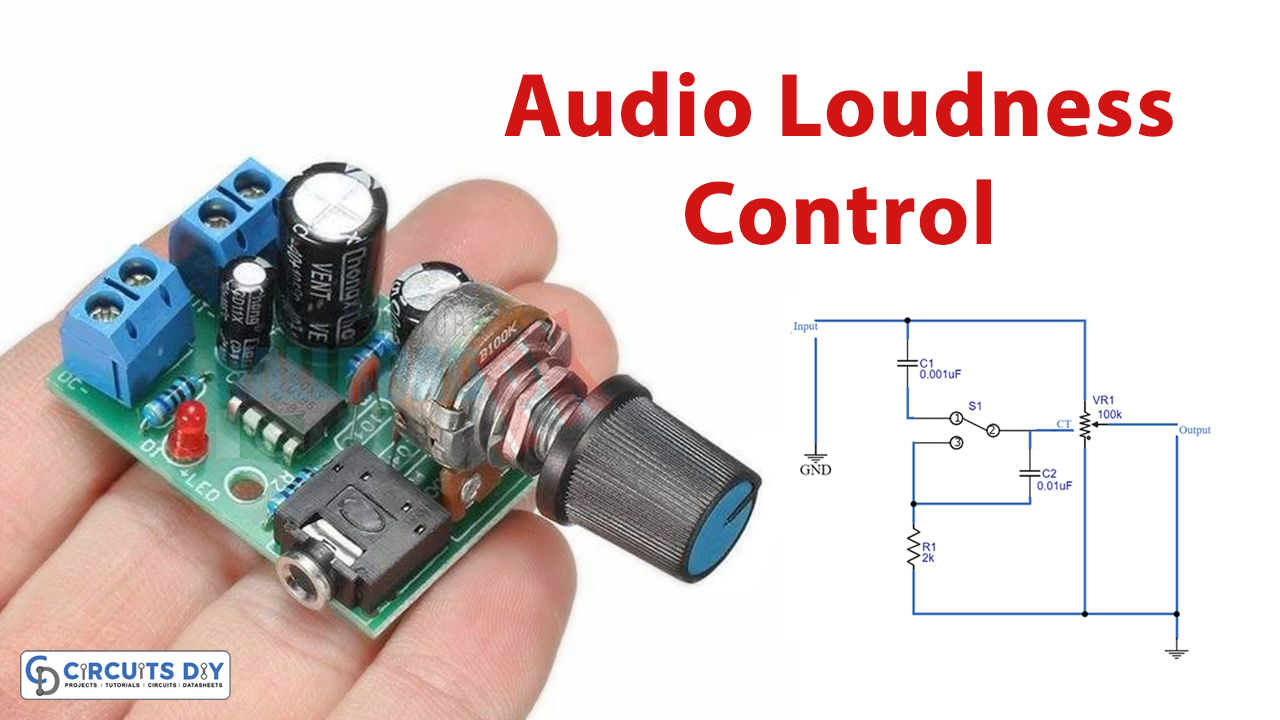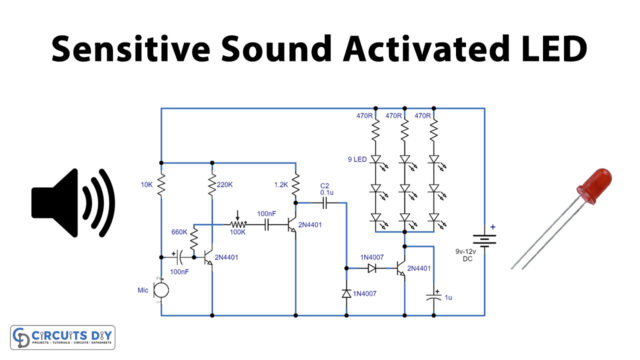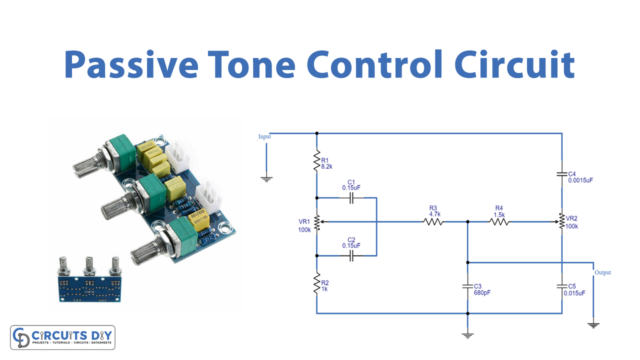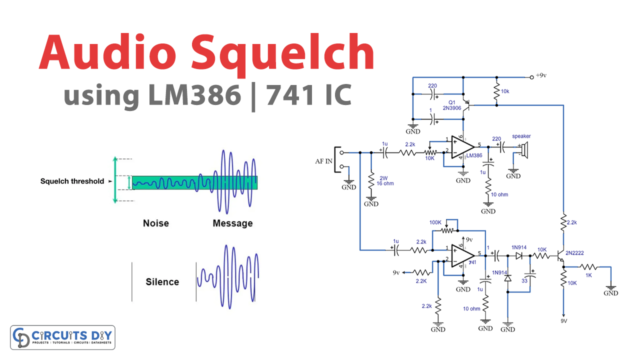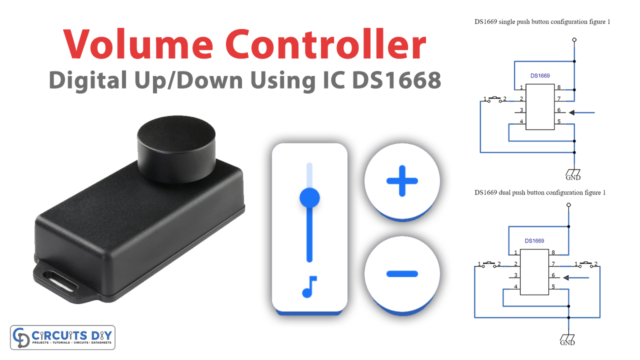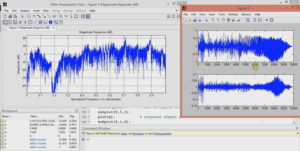Introduction
While listening to music, no one likes loud sounds or noise. Hence, people want a loudness control system for listening to audio. And it’s not a very difficult thing to do for electronic engineers. But, we can understand that you’re a beginner at electronics. Hence, we are making it simple for you. So, In this Tutorial, we will make “Audio loudness control”.
Since it is often difficult for a listener to perceive bass and high tones when the sound level is reduced, therefore to adjust for loudness characteristics, an audio device’s loudness control circuit is employed. The circuit is very simpler and easier to build. Thus, requires very few components including resistors, potentiometers, and ceramic capacitors. So, if you are a beginner who wants to learn amplifiers, noise, loudness, etc; this would be a better circuit to make and kick-start your learning process.
Hardware Required
| S.no | Component | Value | Qty |
|---|---|---|---|
| 1. | Switch | – | 1 |
| 2. | Resistor | 2K | 1 |
| 3. | Ceramic Capacitor | 0.001uf, 0.01uf | 1, 1 |
| 4. | Variable Resistor | 100K | 1 |
Circuit Diagram
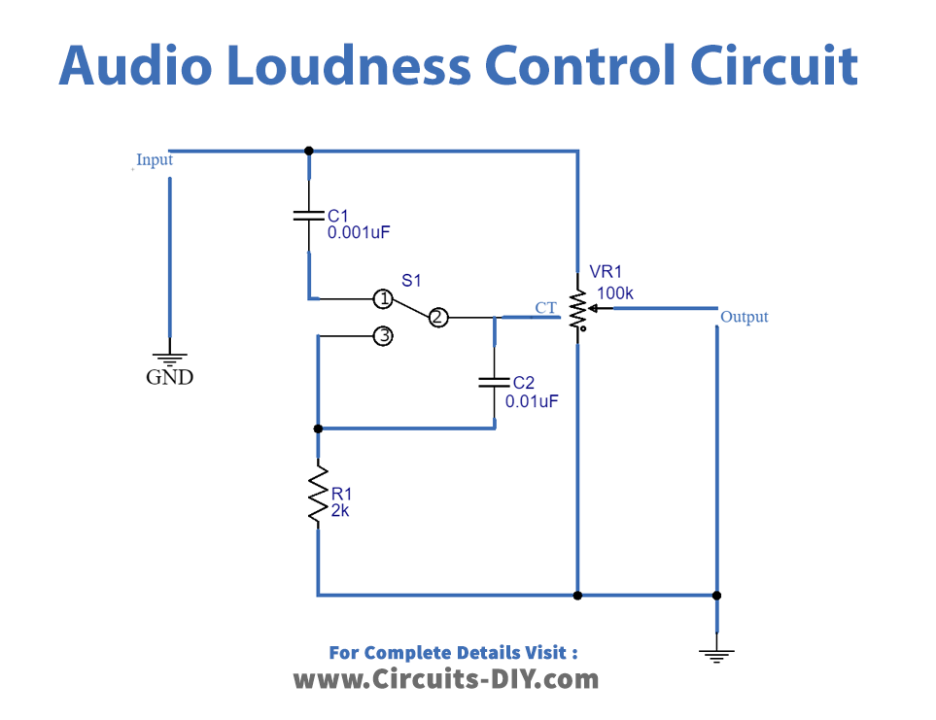
Working Explanation
This Audio Loudness Control circuit is passive and therefore requires no supply. When an input signal is given, the signal flows via capacitors C1, C2, and resistor R1 when switch S1 is in the ON state. These all are used to make a low-pass filter circuit. The output signals can be adjusted via VR1. Here we are using a linear potentiometer, having a volume type with a central bar.
Application Uses
- To improve bass and treble
- In preamplifier audio circuits, etc

